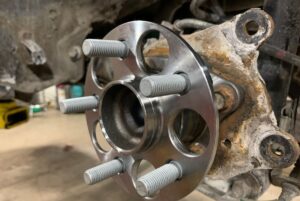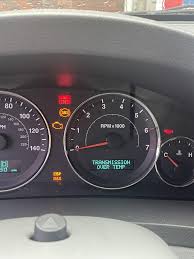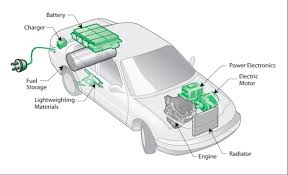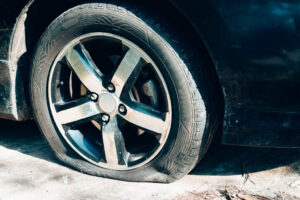What Happens If My Tire Tread Is Low?
Tire tread plays a critical role in your vehicle’s safety, performance, and overall driving experience. Over time, the tread on your tires wears down, which can lead to a variety of issues that impact your ability to drive safely. In this blog post, we’ll explore what happens if your tire tread is low and why it’s important to address this issue promptly.
Reduced Traction and Control
One of the most immediate and noticeable effects of low tire tread is a reduction in traction. Tire tread is designed to grip the road, providing the necessary friction to keep your vehicle stable and under control. When the tread wears down, your tires lose their ability to grip the road effectively, especially in adverse conditions like rain, snow, or ice. This reduction in traction can lead to:
- Skidding: Low tread increases the likelihood of skidding, particularly when making sharp turns or sudden stops.
- Loss of Control: Without adequate tread, it becomes more difficult to control your vehicle, increasing the risk of accidents.
Increased Risk of Hydroplaning
Hydroplaning occurs when water builds up in front of your tires faster than the tread can channel it away. With low tread, your tires lose the ability to effectively displace water, leading to a loss of contact with the road surface. This can cause your vehicle to slide uncontrollably, putting you and others on the road in danger.
Longer Braking Distances
As tire tread wears down, your vehicle’s ability to stop quickly diminishes. The lack of tread reduces the friction between the tires and the road, meaning it takes longer for your vehicle to come to a complete stop. This increased stopping distance can be particularly dangerous in emergency situations where every second counts.
Reduced Performance in Adverse Conditions
Driving on tires with low tread is especially hazardous in adverse weather conditions. Whether you’re dealing with rain, snow, or ice, low tread severely compromises your vehicle’s performance:
- Poor Snow and Ice Traction: Tires with low tread are unable to bite into snow and ice, making it difficult to maintain control and increasing the risk of sliding or getting stuck.
- Limited Rain Performance: In wet conditions, low tread can cause your tires to lose grip, leading to slipping and difficulty handling the vehicle.
Increased Tire Damage Risk
Tires with low tread are more susceptible to damage from road hazards. The tread helps protect the tire from punctures, cuts, and other types of damage. When the tread is low, the tire’s rubber becomes thinner, making it easier for sharp objects to penetrate the tire and cause a blowout. Blowouts at high speeds can be particularly dangerous, leading to loss of control and potential accidents.
Decreased Fuel Efficiency
Low tread can also affect your vehicle’s fuel efficiency. Tires with worn-out tread create more rolling resistance, which means your engine has to work harder to move the vehicle. This increased effort translates to higher fuel consumption, costing you more money at the pump.
Legal and Safety Implications
Driving with low tire tread is not only dangerous but can also be illegal. Many regions have laws requiring a minimum tread depth for tires. If your tires fall below this threshold, you could be fined or have your vehicle deemed unroadworthy. Beyond the legal implications, the safety risks associated with low tread make it imperative to address this issue promptly.
How to Prevent Low Tire Tread Issues
To avoid the dangers of low tire tread, it’s essential to regularly check the condition of your tires. Here are some steps you can take:
- Regular Inspections: Inspect your tires regularly for signs of wear. Look for uneven tread wear, cracks, or any visible damage.
- Tire Rotation: Rotating your tires according to your vehicle’s maintenance schedule can help ensure even tread wear and extend the life of your tires.
- Proper Inflation: Keep your tires properly inflated. Underinflated tires wear out faster and can cause uneven tread wear.
- Replace When Necessary: Don’t wait until your tread is dangerously low. Replace your tires as soon as they show significant wear to maintain safety and performance.
Conclusion
Low tire tread is a serious issue that can compromise your safety and the safety of others on the road. Reduced traction, increased risk of hydroplaning, longer braking distances, and the potential for tire damage are all consequences of driving on worn-out tires. Regularly checking your tire tread and replacing your tires when necessary is essential for safe driving. Don’t wait until it’s too late—keep your tires in good condition and stay safe on the road.






